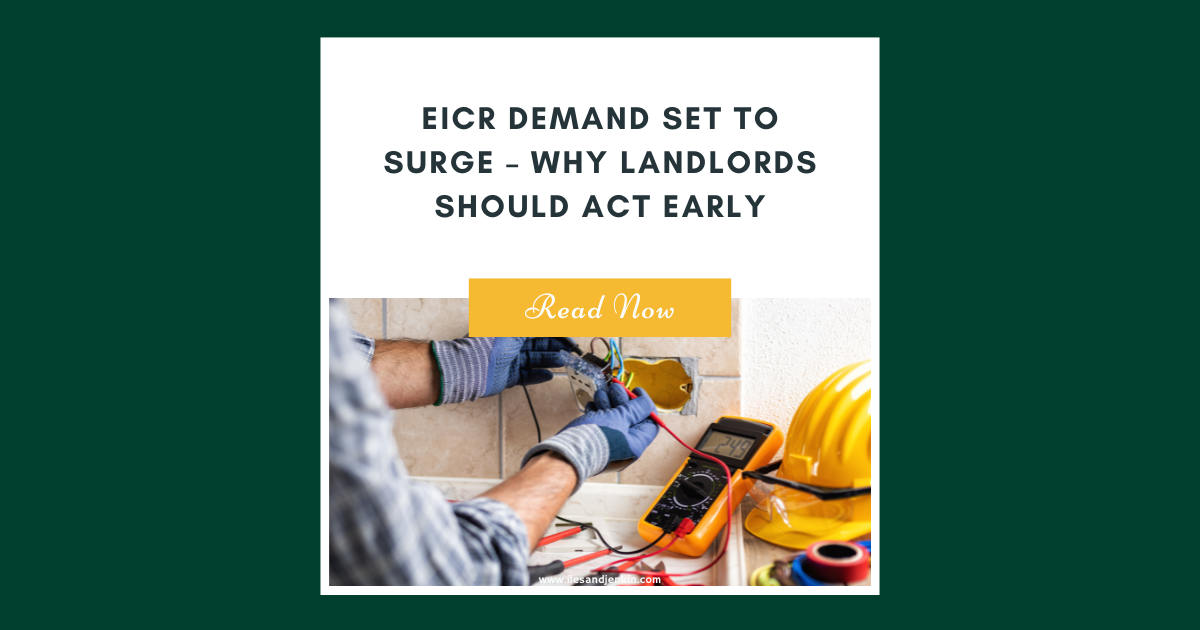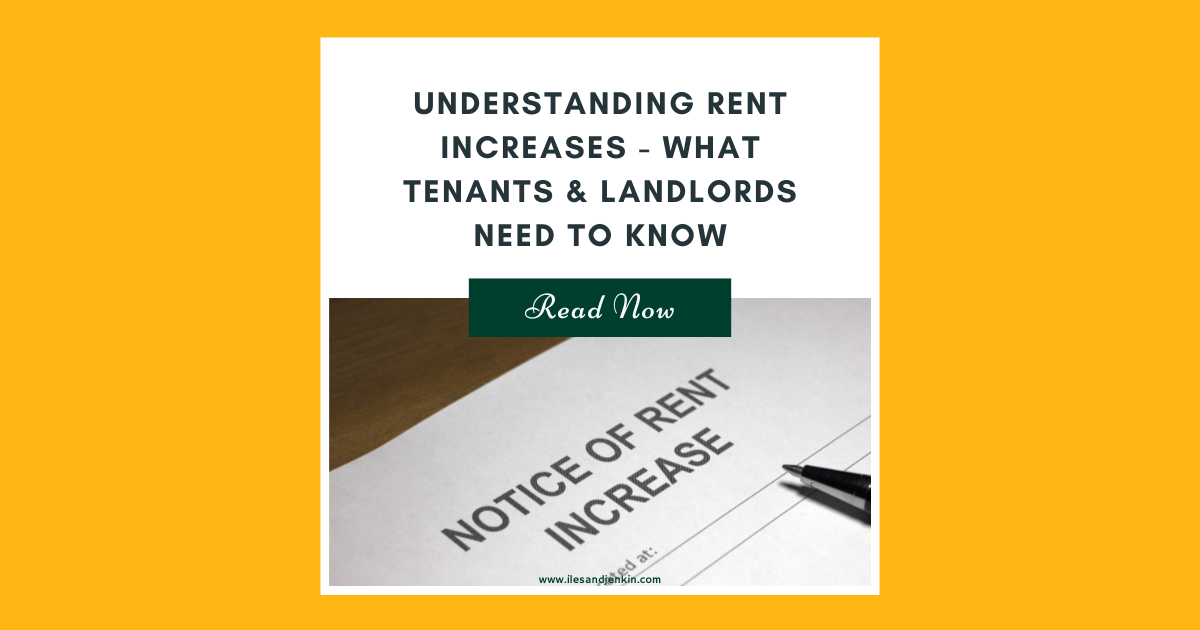📈 EICR Demand Set to Surge – Why Landlords Should Act Early
If you’re a landlord, you’ll know just how important it is to keep on top of your legal responsibilities—and one that’s fast approaching for many is the renewal of Electrical Installation Condition Reports (EICRs). With demand expected to soar from 2025 and peak in 2026, now is the time to act.
🔌 Why the spike in EICR demand?
Back in June 2020, it became a legal requirement for all rental properties in England to have an EICR carried out at least once every five years. That means the first major wave of renewals will hit from 1st June 2025—and with around 4.6 million privately rented homes in the UK, electricians will be in high demand.
To give you some perspective, 12,600 EICRs would need to be completed every single day in 2025 if everyone left it to the last minute. Spread over two years, that still equates to over 6,300 per day—and that’s without factoring in the regular day-to-day work electricians already have on their books, including fault repairs and the growing demand for energy efficiency upgrades like EV chargers and heat pumps.
⚡ What is an EICR?
An EICR (Electrical Installation Condition Report) is a thorough inspection of the fixed wiring and electrical components within a property. It helps identify potential faults, deterioration, or safety issues. After the inspection, the electrician provides a report outlining the overall safety and condition of your electrics—giving you peace of mind and a solid record for compliance.
🧱 What does the inspection cover?
Electrical installations include:
Cabling (typically hidden in walls and ceilings)
Sockets, switches, and light fittings
Consumer units (like fuse boxes or distribution boards)
Each installation or circuit is assessed and graded using one of the following codes:
EICR Observation Codes:
C1 – Danger present: Immediate risk to safety. Needs urgent rectification or disconnection.
C2 – Potentially dangerous: Must be resolved within 28 days.
C3 – Improvement recommended: Not immediately dangerous but should be addressed in future.
FI – Further investigation required: Something may be wrong, but more testing is needed.
If your report contains C1, C2, or FI codes, the property is considered unsatisfactory, and remedial works must be completed within 28 days to comply with the law.
📜 Your legal responsibilities
Landlords must:
Supply a copy of the EICR to tenants within 28 days of the inspection.
Provide a copy to the local authority within 7 days upon request.
Rectify any unsatisfactory findings within 28 days.
Non-compliance could result in fines of up to £30,000—a costly risk that’s easily avoided with proper planning.
🔧 Who can carry out an EICR?
Only qualified electricians registered with a government-approved scheme can perform an EICR. Look out for professionals certified with:
NICEIC
NAPIT
The Electrical Safety Register
💷 How much does it cost?
Prices can vary depending on the size of the property, number of circuits, and location. As a rough guide, a typical EICR for a standard property with up to 10 circuits will cost around £170-180 + VAT.
🕒 How long does it take?
An EICR usually takes 1 to 4 hours, depending on the complexity of the electrics and accessibility of the property. The inspection includes both a visual check and in-depth electrical testing.
🔨 What are remedial works?
If your EICR flags issues, remedial work will need to be carried out to bring the property up to a satisfactory standard. This could involve anything from replacing a faulty RCD to rewiring a circuit. These works can be done immediately after the inspection or scheduled for a later date—depending on urgency and contractor availability.
⏰ Why you shouldn’t wait
With the five-year renewal window now approaching for many landlords, 2025 and 2026 are expected to be bottleneck years. Waiting too long could mean delays in securing a qualified electrician, potential legal risk, and—if you're considering serving a Section 21 notice—non-compliance could invalidate it.
We always recommend getting ahead of the curve. If your EICR is due anytime in the next 12–18 months, start planning now to avoid the rush.
✅ Our recommendation
At Iles & Jenkin, we’re encouraging all landlords to check their EICR expiry dates and get inspections booked early. It’s a small step now that could save a major headache later. We will do this automatically for all of our Managed and Management Plus services of course.
Need help arranging your EICR or checking your compliance status? Feel free to get in touch with our team—we’re always happy to guide you through.



 By
By 



Share this with
Email
Facebook
Messenger
Twitter
Pinterest
LinkedIn
Copy this link